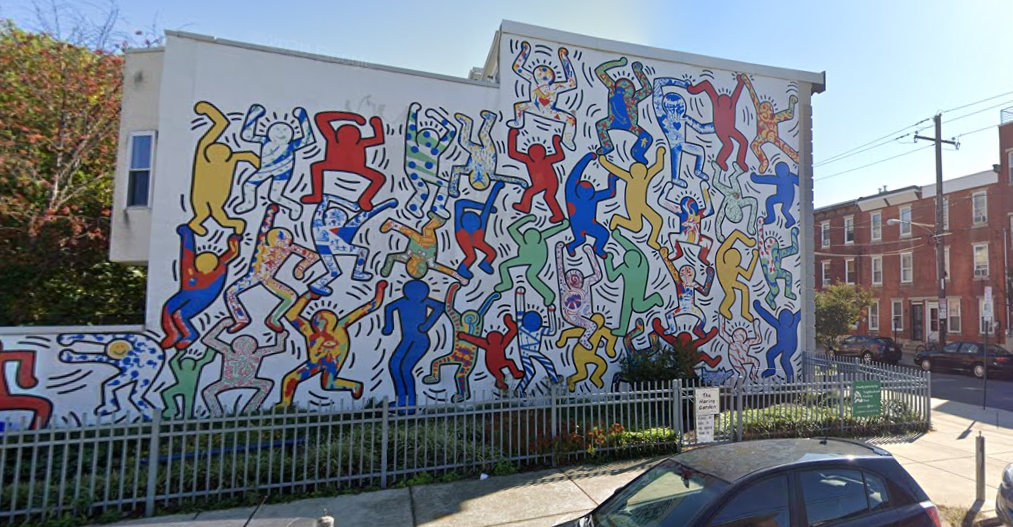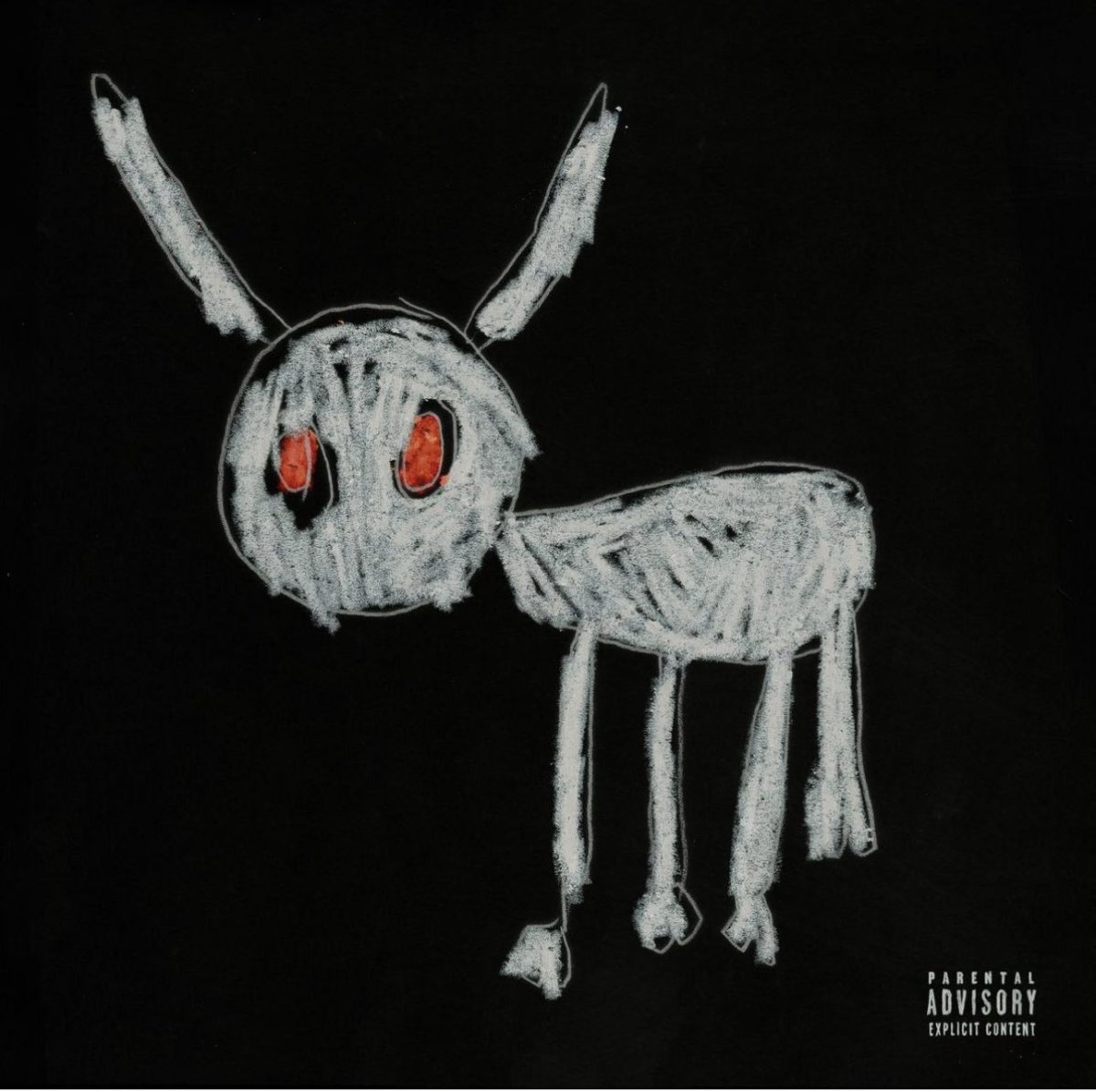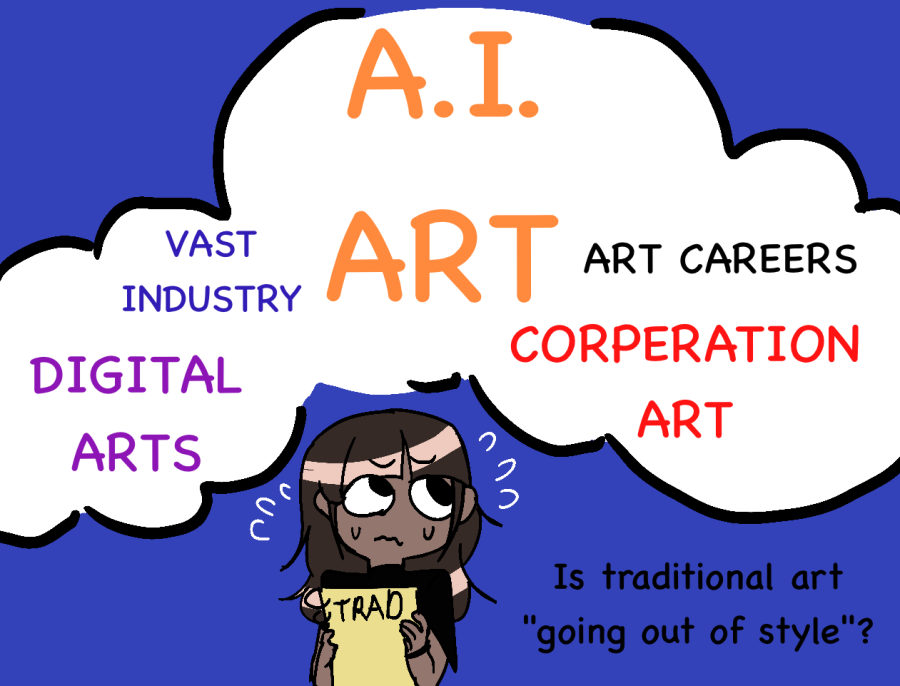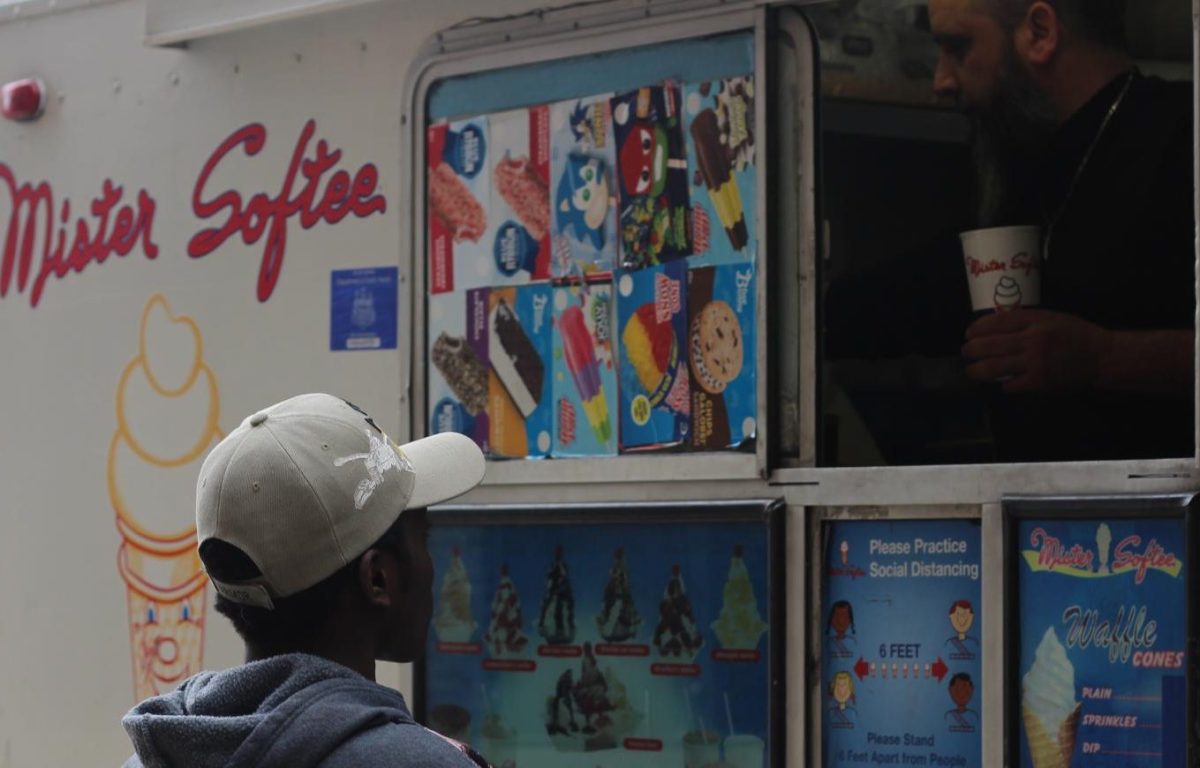Around the city, you’ve probably seen simple, colorful characters dancing together on a bright background; symbols of hearts with legs and smiling faces; or even simplified animals such as dogs. These characters and symbols are the famous works of Keith Haring. Even if you don’t know his name, you’ve most definitely seen his art pieces one way or another. His art is now commonly used in fashion worn by adolescents. Given his influence, it’s only fitting that we learn who Keith Haring is and what he sought to do with his artwork.
Born in Reading, Pennsylvania in 1958, Keith Haring developed a love for drawing at a very young age. His works as a child were actually inspired by the works of Walt Disney and Dr. Suess.
Haring would go on to attend college at the Ivy School of Art in Pittsburgh. While he did attend for commercial arts, he found little interest in actually advertising and selling art. Haring dropped out of college and decided to study freelance instead for a short while before moving to New York to study art at the School of Visual Arts (SVA).
The first signs of his most famous works began in the 1980s. Haring found a new way to convey messages to a wide audience. Using old advertising panels in New York subways, Haring began to create simple, expressive drawings with chalk. He would create many of these drawings–up to 40 of them in a day. His art became well known amongst those who commuted in New York City. This art did get him in trouble, however. Many patrolling police officers considered Haring’s artwork to be vandalism. He was arrested multiple times, but this did not deter him from spreading his art and values to the public.
Keith Haring’s recognizable and distinct way of drawing characters gained him so much attention that he received international recognition. He was able to partner with group art exhibitions in order to have his work displayed to the public. In 1981, Haring began his own solo exhibition. He also participated in the wider world of art, such as animating for a New York Time’s Square Billboard and illustrating for advertising companies. He has even created multiple murals worldwide including France, Germany, and Japan.
Haring partnered with many hospitals and agencies for the welfare of children, often holding art and literacy workshops for children in other countries.
His social influence also spread positive messages. One of his most popular murals, Crack is Wack. depicts his dislike for drug use and advocates against it. The vast majority of his pieces depict peace, happiness, and unity amongst humanity. He also tackles topics such as the innocence of youth and how advocacy could lead to change in the world.
As an openly gay artist, Haring created multiple pieces that advocated for safe sex practices, as well as pieces that acted as PSAs against the spread of AIDS.
Keith Haring died young. At the age of 31, Haring was diagnosed with AIDS, passing away in February of 1990. Shortly after his diagnosis, he began the Keith Haring Foundation, which provided funding for AIDS organizations and children’s health programs. In his final years, he spread the message of his condition and created further awareness of AIDS and its effect on those who have it.
While his career was relatively short, his legacy still stands strong 33 years after his passing. His artwork is still commonly used in public spaces and on clothing items. His work and colorful characters are synonymous with peace and unity, as well as taking care of oneself.
You can visit a Keith Haring mural here in Philadelphia. Located on 2147 Ellsworth Street, a restored mural titled We the Youth depicts Haring’s popular colorful characters on the side of a building.





















